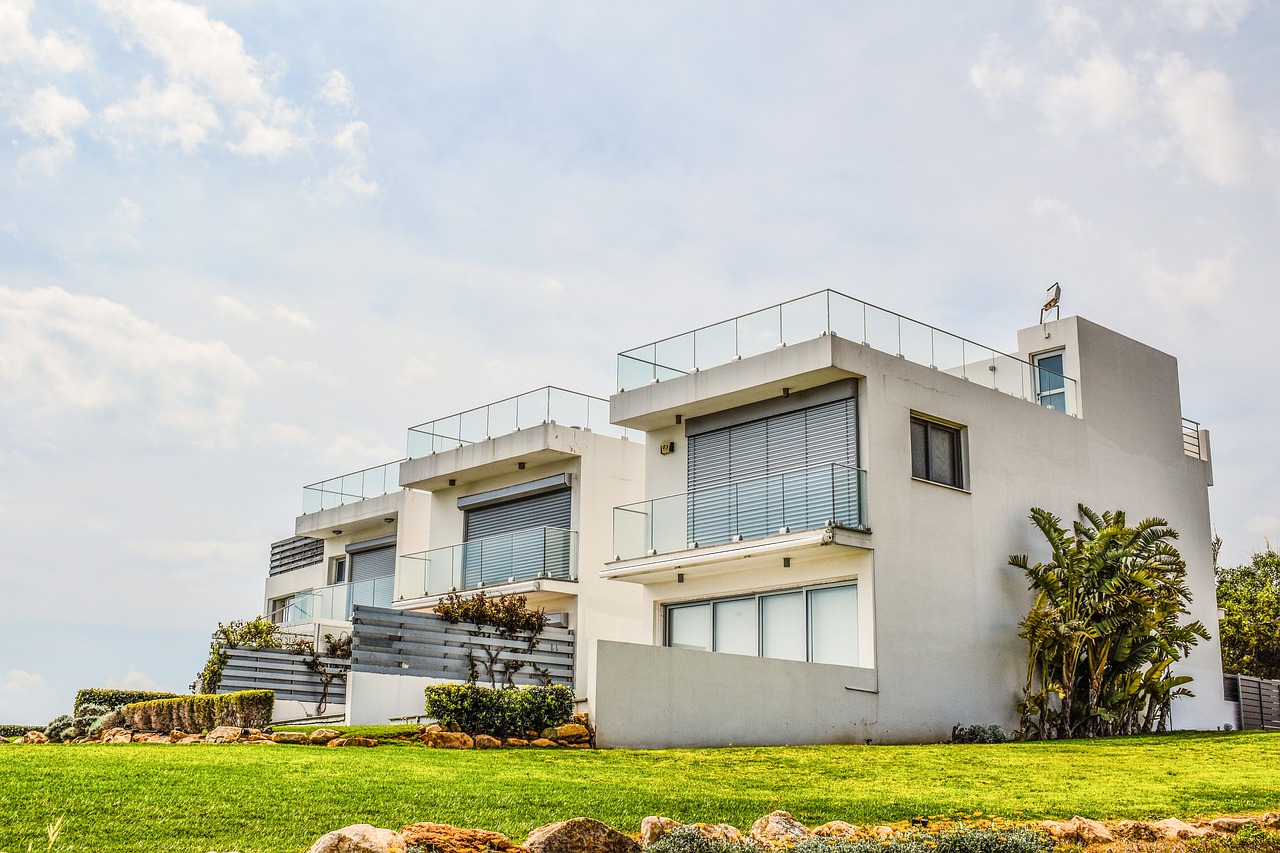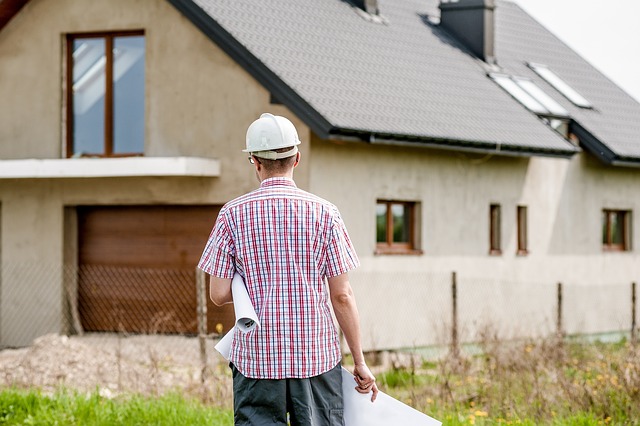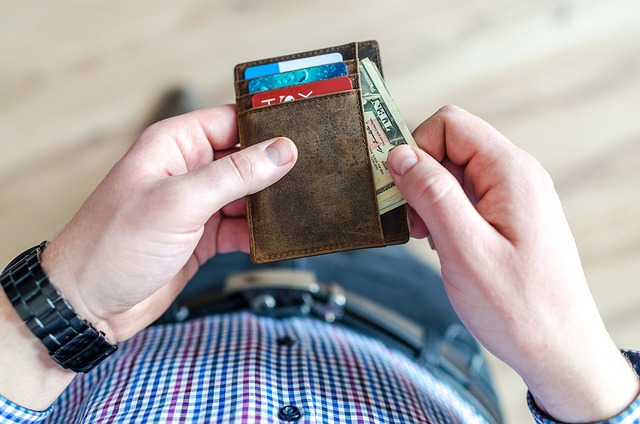6 Tips to Get VA Home Loan

There are many benefits to having a VA home loan, including no down payment and zero closing costs. In addition, there is no limit to the area in which you can buy a home or the price of the house.
If you'll be purchasing a home that's located in a rural area, has a primary dwelling space of less than 1,200 square feet, or is considered unsuitable housing (for example, an apartment in an assisted living center), you may not qualify for this type of loan. However, if you meet these criteria and still want to pursue purchasing a home with this type of financing assistance, here are some tips that could help get your application approved more easily.
The process for getting approved for a VA loan isn't quite as straightforward as getting approved for other types of financing. There are specific eligibility requirements that must be met and several documents that must be provided to prove it.
Be Prepared to Answer Questions
When applying for a VA loan, you'll probably be asked quite a few questions, such as the total amount of money you'd like to borrow, the length of the loan you want, the interest rate, and how much money you'll be contributing towards closing costs.
It's important to know and understand the answers to these questions ahead of time so you're not caught off guard by them. This way, you'll be able to provide the information quickly and accurately.
If you're confused about any of the questions or need some extra time to think about your answers, don't be afraid to ask the person interviewing you to provide some more time. You shouldn't feel pressured to answer the questions quickly if you don't understand them.

Estimate Exact Costs for Repairs
Before applying for a VA loan, you'll have to get an estimate for the costs of repairs that may be needed to the home, as well as the probable cost of closing. When estimating costs for repairs, it's important that you be as accurate and honest as possible.
If the seller will be responsible for any repairs, they'll have to provide proof that they've fixed whatever problems the home has, and you'll have to be responsible for reimbursing them for that work.
If you're using a VA loan to purchase a home that needs some repairs, you may want to consider waiting to purchase it until after the repairs have been completed and the seller has been paid for them. This way, you won't need to come up with the money to cover those repairs yourself.
Know How Much You'll Be Paying Monthly
You'll also have to estimate how much you'll be paying each month for the loan. This way, you'll have a better idea of what your new mortgage payments will look like, and you can make sure that you'll be able to afford them. Be sure to factor in taxes, insurance, and other costs associated with owning a home.
Some lenders may require you to come up with a specific amount that you'd like to borrow so they can help you determine how much you'll be paying each month. If you don't have a specific amount in mind, it may be a good idea to visit a couple of different mortgage lenders and speak with one of their loan officers to get an idea of what your loan amount could be.
Have a Good Reason for Choosing the Home You Have Chosen
One of the things you'll have to do when applying for a VA loan is provide proof that you've been looking for a home for a certain amount of time. The amount of time varies depending on your circumstances, such as whether you have children under the age of 18, are a single parent, or have a disability.
It's important to have a good reason for choosing the home you've chosen. If the seller is not willing to do a VA loan, you'll have to provide proof that you've been looking for a home for at least three weeks before applying for a VA loan.
While you don't have to be completely set on the home you want to purchase, it's a good idea to have a couple of different homes in mind, just in case one of them falls through for some reason.

Paying off Debts and Build Savings
One of the ways you can show your commitment to homeownership is by paying off any debts you have and saving up money for the down payment and closing costs. You may be required to show proof of your savings, such as an account statement or a letter from the financial institution where you have the savings account.
You may also have to wait until you've saved up a certain amount of money, such as 10% of the purchase price of the home. It's important to check with your particular lender to find out what they require you to do to show commitment to homeownership.
Show Solid Employment History and Income
To prove that you're a reliable borrower, you should provide proof of your employment history and your income. Lenders typically want to see that you've been working for at least two years. You may also be required to provide proof of income from other sources, such as Social Security benefits, disability payments, child support, or alimony.
It's important to be honest about the amount of money you make each month, and how you expect it to change over the next several years. If your income is lower than the amount you reported on your application, the lender may ask you to provide a letter explaining why.
Conclusion
If you don't quite meet all of the requirements for a VA loan, don't be discouraged. Many lenders are willing to work with you and help you find a solution that works for all parties involved. However, it is a great option if you meet the qualifications.